让我们探索一种结合ocr和llm技术分析图像的方法。虽然这不是专家级方案,但它源于实际应用中的类似方法,更像是一个便捷的周末项目,而非生产就绪代码。让我们开始吧!
目标:
构建一个简单的管道,用于处理图像(或PDF),利用OCR提取文本,再用LLM分析文本以获取有价值的元数据。这对于文档自动分类、来信分析或智能文档管理系统非常有用。我们将使用一些流行的开源工具,简化流程。
前提:
本文假设您已熟悉Hugging Face Transformers库。如不熟悉,请参考Hugging Face Transformers快速入门。
所需库:
我们将使用torch、transformers、pymupdf和rich库。rich用于提升控制台输出的可读性。
import json
import time
import fitz
import torch
from transformers import pipeline, AutoModelForCausalLM, AutoTokenizer
from rich.console import Console
console = Console()图像准备:
我们将使用Hugging Face官网首页作为测试样本。为了模拟实际应用场景,我们假设输入为PDF,需要将其转换为PNG格式以便模型处理:
input_pdf_file = "./data/ocr_hf_main_page.pdf"
output_png_file = "./data/ocr_hf_main_page.png"
doc = fitz.open(input_pdf_file)
page = doc.load_page(0)
pixmap = page.get_pixmap(dpi=300)
img = pixmap.tobytes()
with console.status("正在将PDF转换为PNG...", spinner="monkey"):
with open(output_png_file, "wb") as f:
f.write(img)
OCR处理:
我测试过多种OCR方案,最终选择ucaslcl/got-ocr2_0 (https://www.php.cn/link/c29568179ca4f6e62552f14d69b810b2) 效果最佳。
tokenizer = AutoTokenizer.from_pretrained(
"ucaslcl/got-ocr2_0",
device_map="cuda",
trust_remote_code=True,
)
model = AutoModelForCausalLM.from_pretrained(
"ucaslcl/got-ocr2_0",
trust_remote_code=True,
low_cpu_mem_usage=True,
use_safetensors=True,
pad_token_id=tokenizer.eos_token_id,
)
model = model.eval().cuda()
def run_ocr(func: callable, text: str):
start_time = time.time()
res = func()
final_time = time.time() - start_time
console.rule(f"[bold red] {text} [/bold red]")
console.print(res)
console.rule(f"耗时: {final_time:.2f} 秒")
return res
result_text = None
with console.status(
"正在进行OCR处理...",
spinner="monkey",
):
# 此处需要调整,根据got-ocr2_0的实际接口进行修改
result_text = run_ocr(
lambda: model.generate(
input_ids=tokenizer(output_png_file, return_tensors="pt").input_ids.cuda(),
max_length=512
),
"纯文本OCR结果",
)
got-ocr2_0支持多种输出格式,包括HTML。 此处展示了纯文本输出示例:
hugging face- the al community building the future. https: / / hugging face. co/ search models, datasets, users. . . following 0
...LLM分析:
我们将使用meta-llama/llama-3.2-1b-instruct进行文本分析。 我们将进行文本分类、情感分析等基本操作。
prompt = f"分析以下文档文本,并生成包含以下字段的JSON元数据:标签(tags)、语言(language)、机密性(confidentiality)、优先级(priority)、类别(category)和摘要(summary)。只提供JSON数据,开头为{{,不包含任何解释。 文档文本:{result_text}"
model_id = "meta-llama/llama-3.2-1b-instruct"
pipe = pipeline(
"text-generation",
model=model_id,
torch_dtype=torch.bfloat16,
device_map="auto",
)
messages = [
{"role": "system", "content": "你将分析提供的文本并生成JSON输出。"},
{"role": "user", "content": prompt},
]
with console.status(
"正在使用LLM分析文本...",
spinner="monkey",
):
outputs = pipe(
messages,
max_new_tokens=2048,
)
result_json_str = outputs[0]["generated_text"].strip()
# 移除可能存在的代码块标记
if result_json_str.startswith("```json") and result_json_str.endswith("```"):
result_json_str = result_json_str[7:-3].strip()
parsed_json = json.loads(result_json_str)
with console.status(
"正在保存结果到文件...",
spinner="monkey",
):
with open("result.json", "w") as f:
json.dump(parsed_json, f, indent=4)
示例输出:
{
"tags": ["Hugging Face", "AI", "machine learning", "models", "datasets"],
"language": "en",
"confidentiality": "public",
"priority": "normal",
"category": "technology",
"summary": "This text describes Hugging Face, a platform for AI models and datasets."
}总结:
我们构建了一个简单的管道,可以处理PDF,提取文本,并使用LLM进行分析。 这只是一个起点,可以根据实际需求进行扩展,例如添加更完善的错误处理、多页面支持,或尝试不同的LLM模型。 记住,这只是众多方法中的一种,选择最适合您特定用例的方法至关重要。
请注意,代码中部分内容需要根据got-ocr2_0的具体API进行调整。 此外,提示工程的优化可以显著提升LLM的输出质量。
以上就是快速而肮脏的文档分析:在 Python 中结合 GOT-OCR 和 LLama的详细内容,更多请关注知识资源分享宝库其它相关文章!
版权声明
本站内容来源于互联网搬运,
仅限用于小范围内传播学习,请在下载后24小时内删除,
如果有侵权内容、不妥之处,请第一时间联系我们删除。敬请谅解!
E-mail:dpw1001@163.com

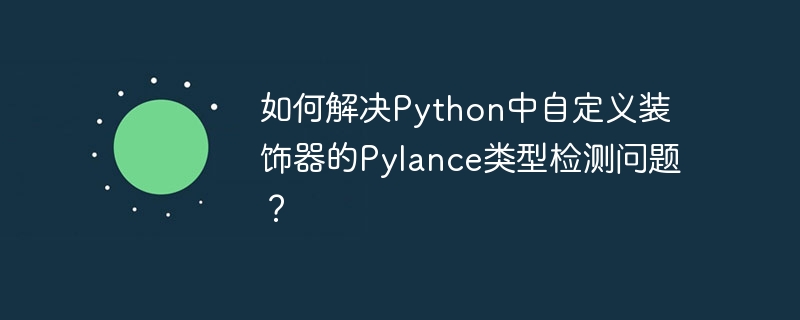
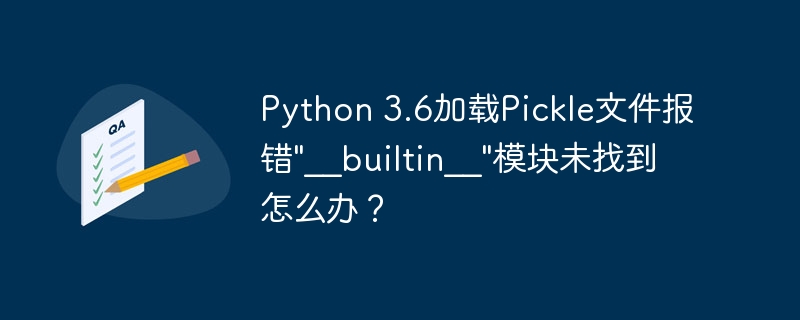
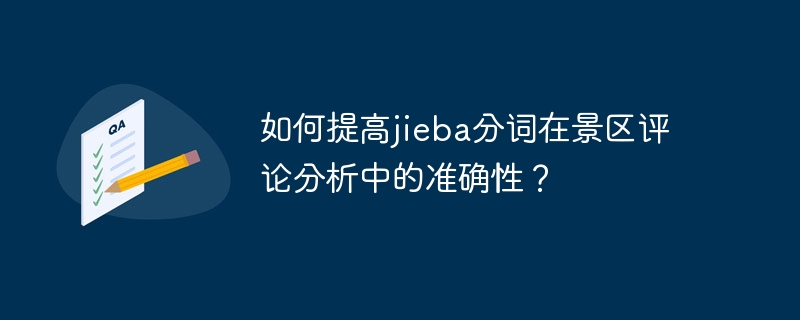

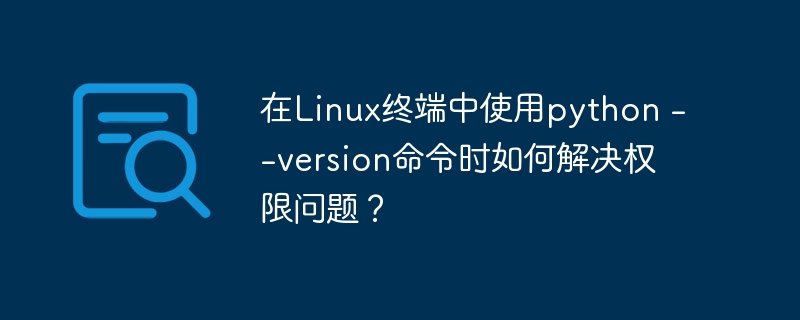
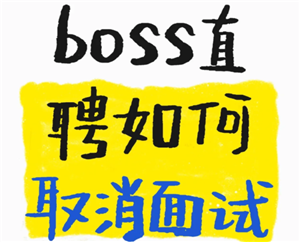



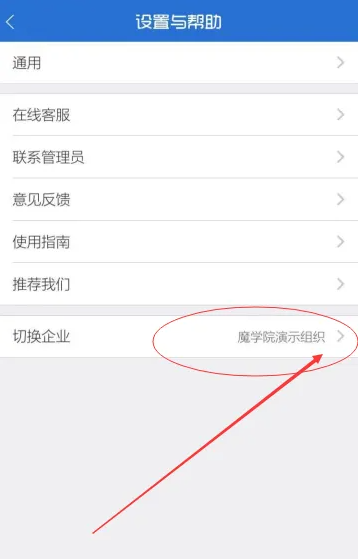
发表评论